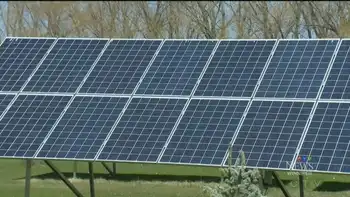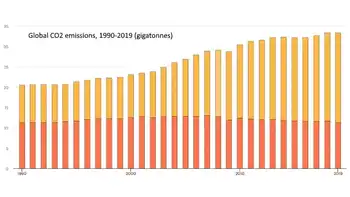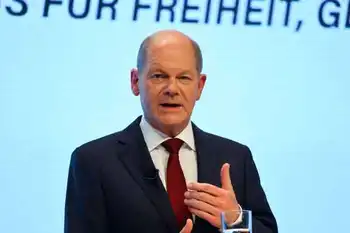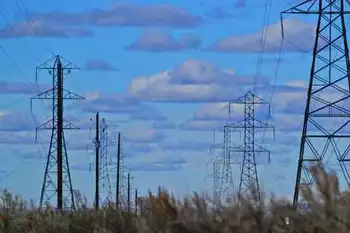National Grid purchase of Cape Wind approved
By Reuters
Protective Relay Training - Basic
Our customized live online or in‑person group training can be delivered to your staff at your location.

- Live Online
- 12 hours Instructor-led
- Group Training Available
The state said it supported the project, which industry estimates say could cost $2.5 billion, to reduce greenhouse gas emissions, increase renewable energy sources and attract clean-energy jobs.
National Grid, a London-based energy company supplying power to about 3.3 million customers in the U.S. Northeast, agreed to buy half the power produced by Cape Wind for about 18.7 cents per kilowatt hour for 15 years starting in 2013.
Massachusetts customers already pay some of the nation's highest power prices, and the Cape Wind energy would cost more than twice the region's current market rate for wholesale electricity.
Additionally, prices will rise 3.5 percent each year throughout the duration of the contract.
"This long-term contract not only secures an abundant, inexhaustible clean energy resource but protects consumers from rising fossil fuel and environmental compliance costs," Cape Wind President Jim Gordon said in a statement.
But those opposed to the wind project complain power prices for nearly 170 Massachusetts communities served by National Grid will soar.
The Alliance to Protect Nantucket Sound, a public-interest group, estimated power costs in the cities of Worcester and Weymouth would rise by $506 million and $167 million respectively over the life of the 15-year agreement.
Cape Wind is negotiating with other New England utilities to sell the remaining half of the project's power.
Cape Wind wants to install 130 Siemens AG offshore wind turbines on Horseshoe Shoal in Nantucket Sound and start generating power by the end of 2012.
With environmental and climate concerns growing, analysts, environmental groups and government agencies have forecast Cape Wind could spur fast growth of the U.S. offshore market.
The United States leads the world in wind power with more than 35,000 MW installed at the end of 2009, according to the American Wind Energy Association AWEA, but all of the U.S. turbines are land-based.
Europe dominates the offshore wind power market, which counted just 2,100 MW installed worldwide at the end of 2009, the AWEA says.
The U.S. Department of Energy in September unveiled a draft plan that said the country could install 54,000 MW of offshore wind capacity by 2030, which would require more than 100 Cape Wind-sized projects.
There are more than 4,000 MW of offshore wind projects in advanced development proposed in the United States.
Ocean conservation group Oceana said in September the U.S. East Coast could meet close to half its power demand from offshore wind turbines, with the 13 coastal states generating 127 gigawatts of energy.
Research publisher SBI Energy, a division of MarketResearch.com, earlier this year forecast the U.S. offshore wind market could be worth $62 billion by 2012 and reach $78 billion by 2015.











